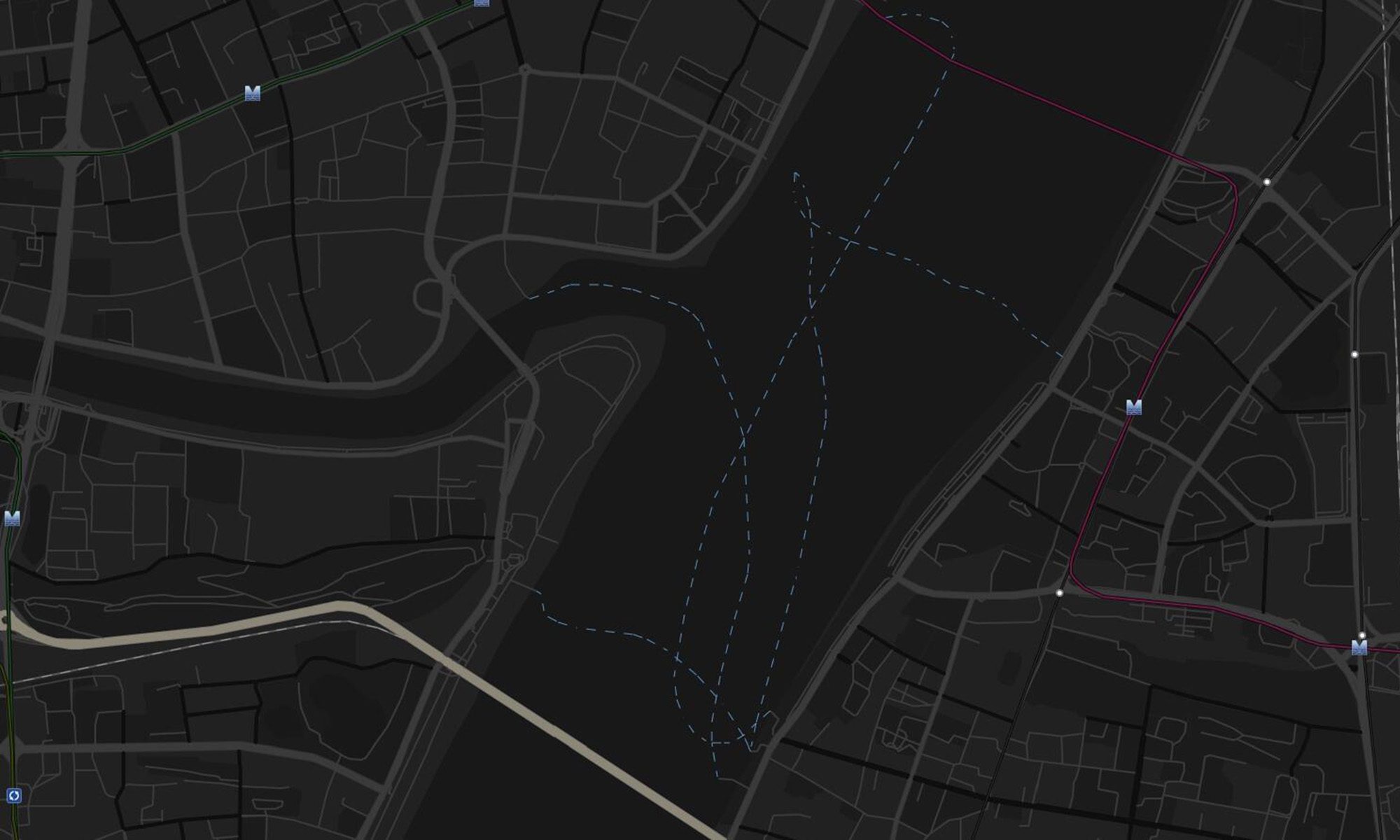City park green space provide a free stage for low-income people who have low shopping and entertainment facilities consumption ability to rest, communicate and play, satisfying people’s spiritual and cultural needs.
Treating Wuhan city park green space as the research object, the paper uses the 2-Step Floating Catchment Area (2SFCA) to calculate the park green space accessibility based on walking, bicycle, and public transport. The Pearson correlation coefficient and Lorenz curve and the method of location entropy are used to analyze the matching degree and spatial matching pattern between park green space and low-income population spatial distribution.
Results demonstrate that:
- Streets’ park accessibilities based on three kinds of transport modes exist very big difference, only the accessibility of minority regions along the river under three ways is good, while the difference between accessibility of central urban area based on walking, bicycle transportation is very big, showing the characteristics of internal polarization of low-income groups.
- The relationship exists between park green space accessibility and low-income population distribution is a weakly negative correlation, while the travel convenience degree of low-income people isn’t taken into account when city selects the planning and layout of park green space.
- Park green space distribution and low-income population distribution present the spatial matching pattern based on public transportation, while streets in the central urban area where low-income population aggregate have low accessibility based on walking, the city planning need to aggrandize park green space in these areas to realize regional fairness.
The paper was published as
Yue B, Lin A, Sun C. 2017. The analysis of low-income people’s park green space accessibility based on 2SFCA in Wuhan. Modern Urban Research, (8): 99-107, DOI: 10.3969/j.issn.1009-6000.2017.08.016. In Chinese.
